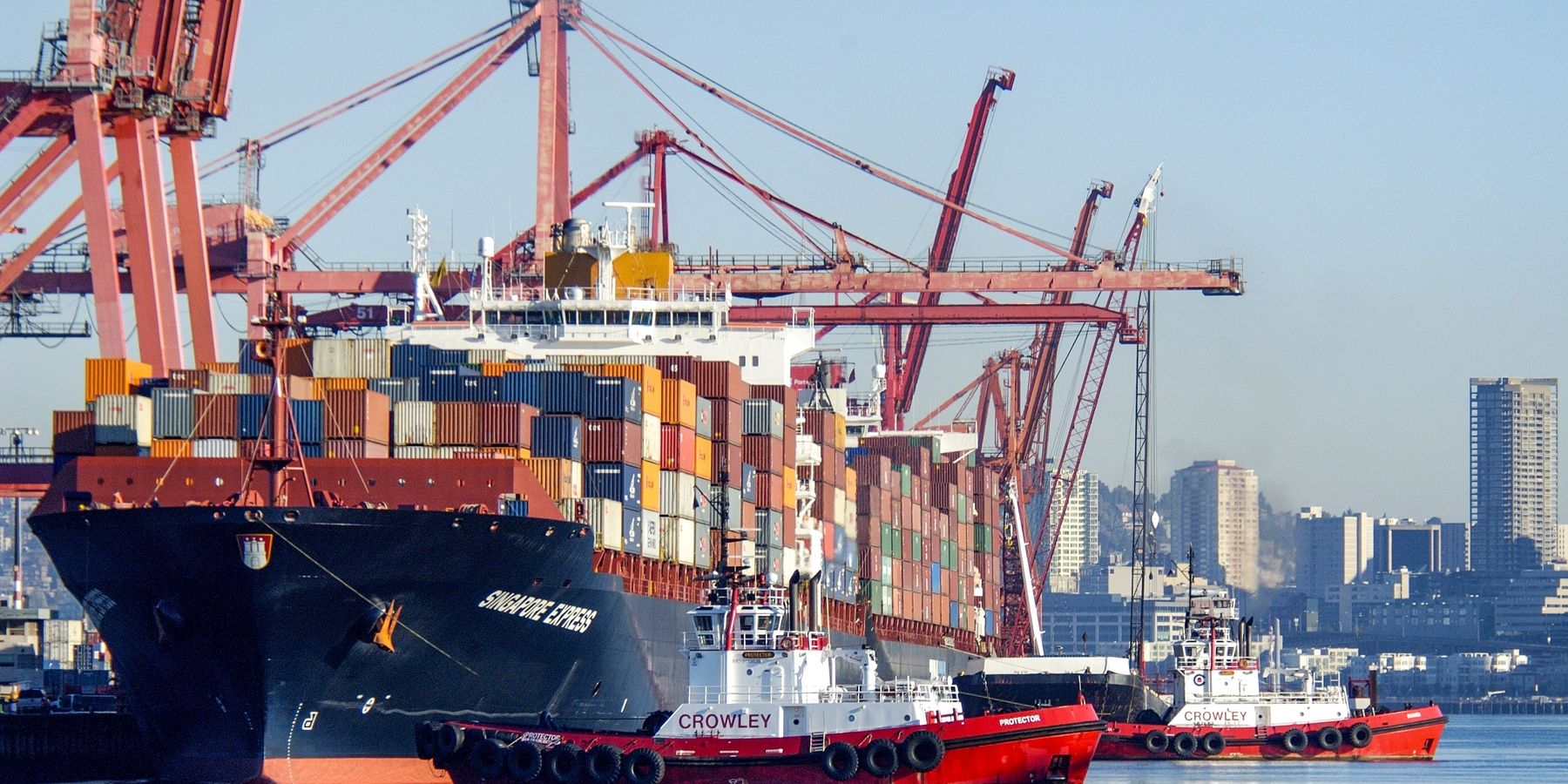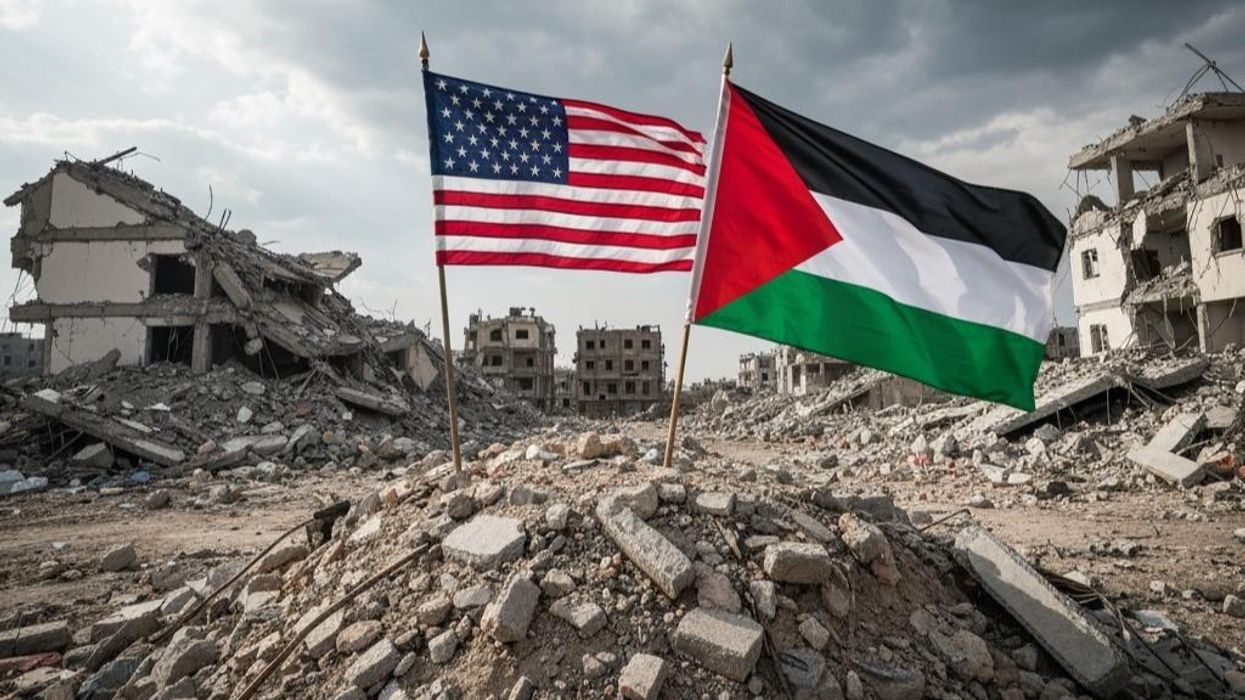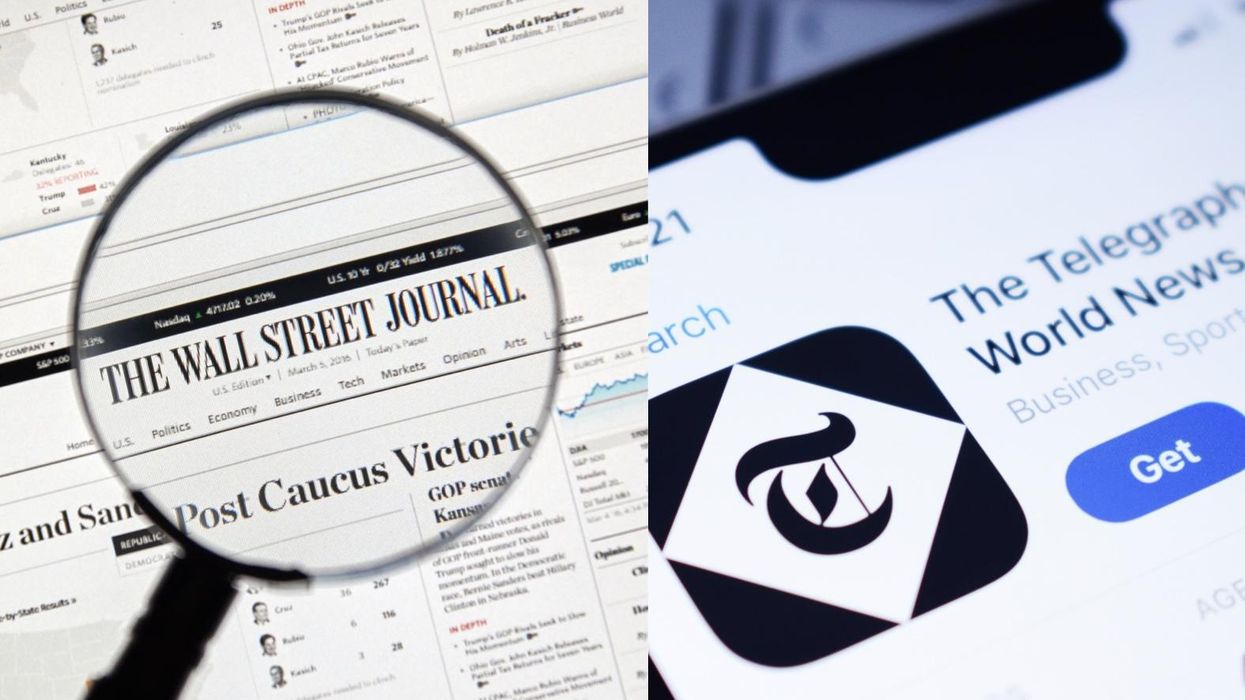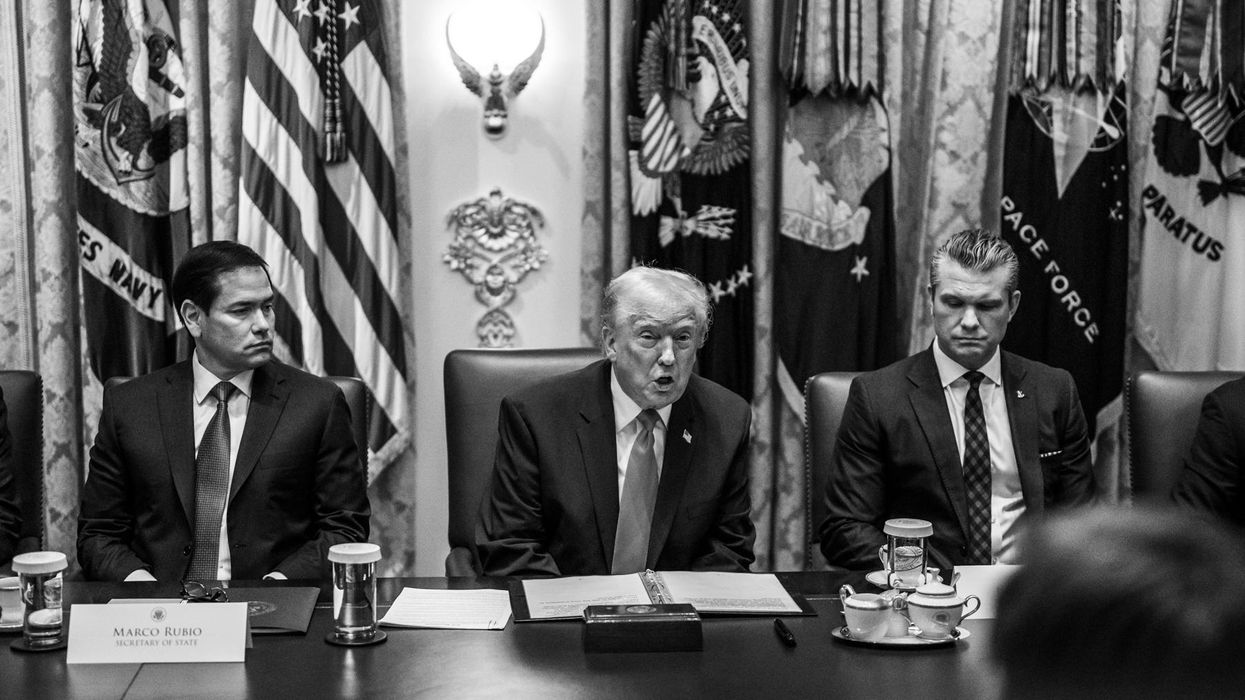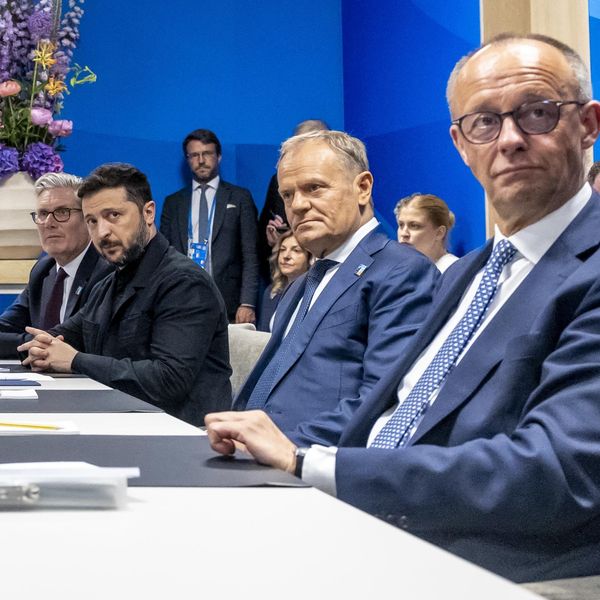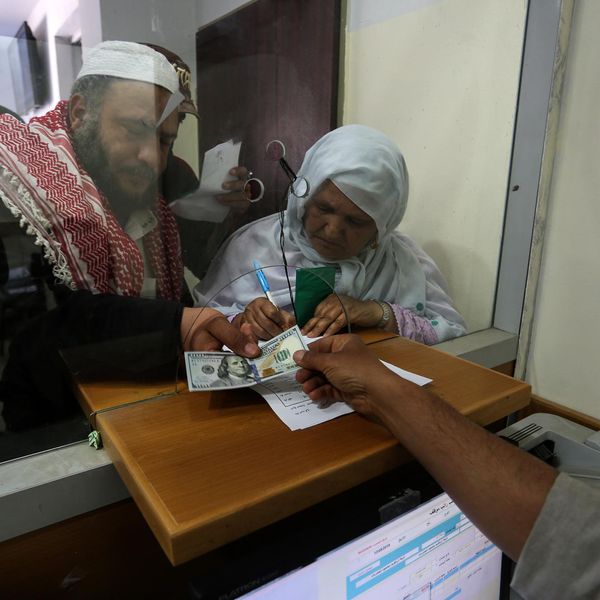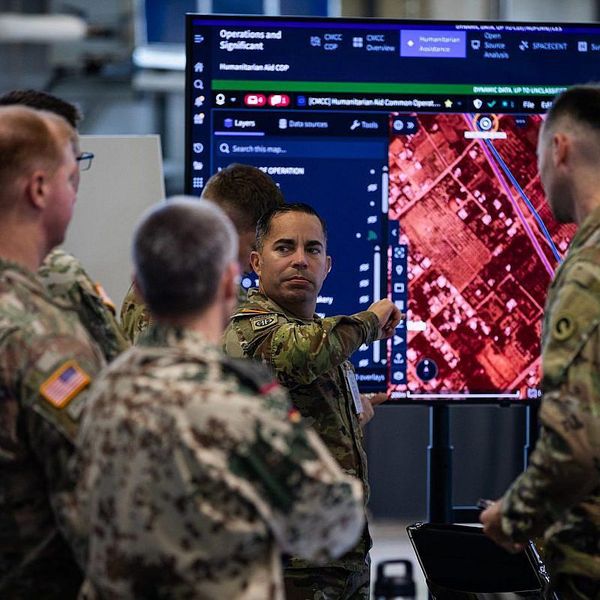In a little more than one month, President Trump has taken a series of economic actions that could have a huge impact on the global South.
Tariffs have commanded the most attention, but his activism has taken other forms as well — a deepening of export and investment control regimes, cutbacks in aid, and measures that could hit global financial stability. Beyond these, policy shifts in Washington also influence other countries through two key variables in global financial markets. These are the levels of the dollar and of U.S. interest rates, arguably the most important prices in the world.
The headlines about tariffs have been constant, but not consistent. This reflects Trump’s tendency to treat tariffs as a catch-all tool of coercion. These rationales could be economic — imbalances caused by alleged subsidies, dumping, currency manipulation, tariff or non-tariff barriers, IP theft, or just large bilateral trade surpluses. But they could also stem from non-economic complaints about migration and drugs as in the case of Mexico and Canada.
This also means scrambled timelines — an inauguration day Executive Order, America First Trade Policy, laid out a set of questions for key cabinet members, asking them to return with reports on April 1. This was welcomed as a measured pause, but within hours Trump threatened 25% tariffs on Canada and Mexico to begin February 4. He then suspended their imposition for a month and announced yesterday that they would indeed be imposed on March 4.
But Mexico’s President Claudia Sheinbaum has just agreed to transfer more than 30 senior drug cartel members to U.S. custody, which he may see as a sign of compliance with U.S. wishes.
All this is against the backdrop of a review of the USMCA (United States-Mexico-Canada Agreement ) that needs to be completed by July 1, 2026. USMCA itself is the result of a renegotiation by Trump during his first term of the original NAFTA agreement from 1994. The updates led to new Rules of Origin for the highly-integrated North American automotive market, boosting the minimum required levels of U.S.-made content, and also provided the U.S. mechanisms to force improvements in working conditions in Mexico, satisfying two key demands of organized labor.
Even so, the president likely intends the review to function as yet another renegotiation of the agreement.
One result of the welter of trade policy actions is a big increase in corporate uncertainty, including about the future of the trading relationship between the world’s two largest trading partners (roughly $800 billion of bilateral trade last year) with deeply intertwined supply chains. This is a prospect that could weigh on American and local investment decisions in Mexico, a country where exports to the U.S. amount to about roughly 25% of GDP.
Given the extent of Mexico’s dependence on U.S. markets, any reversal in bilateral integration could lead to social and economic outcomes that exacerbate two key non-economic irritants on the U.S. side —pressures from migration and organized crime.
This policy uncertainty applies beyond USMCA. Trump has also threatened "reciprocal tariffs", i.e., measures to impose the same tariff on other countries as they put on U.S. exports. Any such move would hit developing countries particularly hard as they tend to have higher average tariff levels than the U.S. does. Brazil and India, e.g., have average tariff rates above 10%. U.S. threats here could lead to potentially positive tariff reductions applicable to all countries if the “escalate to deescalate” strategy works. Or they could create a patchwork where tariffs levels depend both on product and country of origin, undoing decades of precedent where product tariffs have been largely uniform across all trading partners (i.e., Most Favored Nation status).
The White House is also expanding the regime that controls both inbound and outbound investments in high-technology sectors. The primary target is China, but as with the rules that emerged during the final days of the Biden administration when countries were put in three tiers of trustworthiness, a country’s “geopolitical distance” from China will be a key driver of decisions. This too could run into potential issues with country preferences in portions of the Global South.
The executive order says it welcomes investments from “partners and allies,” noting that some of them have large sovereign wealth funds (very likely a reference to Saudi Arabia and the UAE). However, it also notes that increased foreign investment would include “requirements that the specified foreign investors avoid partnering with United States foreign adversaries.” The aim seems to be to push towards a division of technology stacks.
But this could meet with resistance for two reasons — a desire to gauge cost effectiveness across stacks (particularly in the wake of China’s DeepSeek breakthrough), and reservations about being “trapped” in a single stack amid broader uncertainties about the very structure of alliances and partnerships in a more fluid international system.
Meanwhile, parts of the U.S. technology industry are pushing back more aggressively against the Biden-era rules and urging the new administration roll them back, arguing that “the unintended consequence of this approach is to encourage Tier Two countries to look elsewhere for AI infrastructure and services.”
At the other end of the income spectrum, Global South countries could be hit by U.S. cutbacks in foreign aid, with some of the most vulnerable countries potentially experiencing severe setbacks that spill over into global public health or security issues. The Center for Global Development lists countries most exposed to USAID cuts based on development assistance as a fraction of national income and the U.S. share of global assistance. South Sudan, Somalia, and Afghanistan — all three being unstable states from a security standpoint — stand out as strategic locations highly exposed to such cuts.
Financial stability in the Global South also could also be affected by changes in Washington’s stance on regulation. One big shift from the previous administration is the encouragement of crypto “stablecoins” — privately issued digital currencies that maintain a fixed valuation against the dollar. The linked Executive Order talks of “promoting and protecting the sovereignty of the United States dollar, including through actions to promote the development and growth of lawful and legitimate dollar-backed stablecoins worldwide.”
One rationale has been that this could create “trillions of dollars” of additional demand for U.S. Treasury securities, thus helping lower the government’s financing costs. But the flip side could be a significant increase in the risk of capital flight from developing countries that could more easily tip them into a financial crisis.
The litany above suggests a series of perils for the Global South from President Trump’s economic policies. Are there grounds for hope? The one that is invoked most frequently (as I suggested here) is that this is a president who likes deals, and there might be opportunities in this realm, particularly for sizable economies that have opportunities to offer, the capacity to retaliate, and are seen as important in U.S. financial markets.
But there might be another channel for relief — the economic impact of such measures in America itself. There have been signs that individuals, corporations, and financial markets are concerned about increasing uncertainty, rising inflation, and lower growth in the U.S. as well. This has led to a sharp fall in U.S. interest rates on fears of a slowdown in America, which may even temper a rise in the dollar, a combination that would reduce financial stresses in some countries.
It might not be much solace, but large economies in the Global South that are not as dependent on exports to America could find some partial respite if the measures in Washington prove to be a drag on growth even at home.
- Bessent: Strong dollar, tariffs can wield US power on world stage ›
- Trump loves tariffs but expect a more complicated trade policy ›
- Mexico tried, but it's still getting the tariff boom | Responsible Statecraft ›
- How Trump declares emergencies for tariffs and other 'problems' | Responsible Statecraft ›

